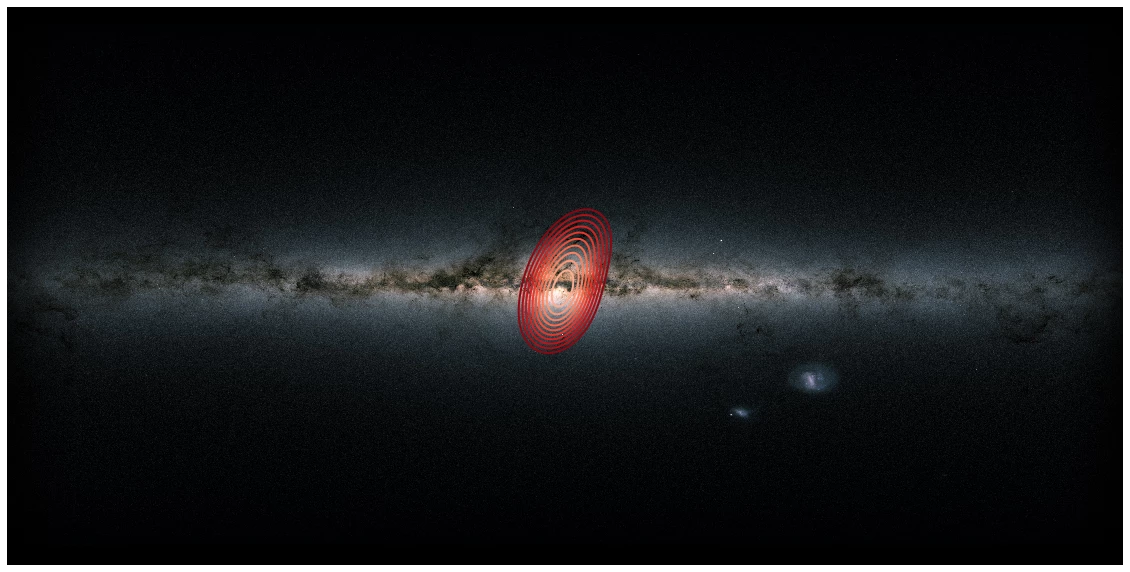A research team led by Danny Horta at Liverpool John Moores University (LJMU) has discovered a fossil galaxy within the Milky Way. Using data from the Sloan Digital Sky Survey's Apache Point Observatory Galactic Evolution Experiment (APOGEE), the scientists conclude that the galaxy, called Heracles, collided and merged with the Milky Way 10 billion years ago.
The usual consensus about our galaxy is that it's a fairly typical, even mundane, collection of stars without anything remarkable about it compared to the other 180 billion galaxies in the universe. However, the discovery of the fossil galaxy Heracles suggests that its early years were rather violent.
Heracles was discovered using near-infrared data gathered by APOGEE, which has recorded readings from over 500,000 stars in our galaxy. According to the LJMU team, the infrared band of the spectrum was necessary because the center of the Milky Way is loaded with dust, which obscures visible light. By looking at the chemical composition and velocities of the stars, the scientists were able to separate the native stars from the ones that made up Heracles when the two galaxies collided.
"To find a fossil galaxy like this one, we had to look at the detailed chemical makeup and motions of tens of thousands of stars," says Ricardo Schiavon. "That is especially hard to do for stars in the center of the Milky Way, because they are hidden from view by clouds of interstellar dust. APOGEE lets us pierce through that dust and see deeper into the heart of the Milky Way than ever before."

Only a few hundred Heracles stars have been found, but their chemical composition and trajectories are so different from the other stars that they had to originate outside our galaxy. Such a galactic remnant isn't unusual. The Milky Way formed from many collisions with smaller galaxies, which it absorbed, and remnants of these galaxies can be seen in the Milky Way's halo.
But the location of Heracles at the core of the galaxy suggests that it collided early on in our galaxy's history. More importantly, the researchers estimate that Heracles makes up one-third of the mass of the entire Milky Way halo, meaning that the ancient collision was a very violent one compared to the history of similar massive spiral galaxies.
"As our cosmic home, the Milky Way is already special to us, but this ancient galaxy buried within makes it even more special," says Schiavon.
The research was published in the Monthly Notices of the Royal Astronomical Society, and the video below is a computer simulation of the formation of the Milky Way.
Source: Sloan Digital Sky Surveys





